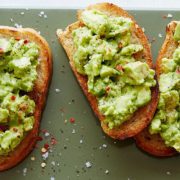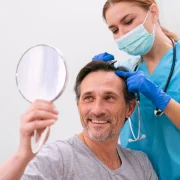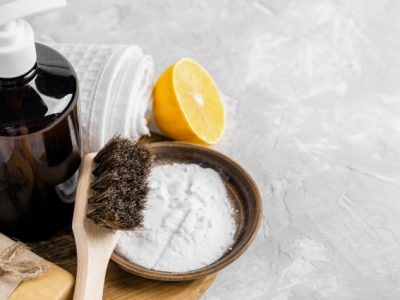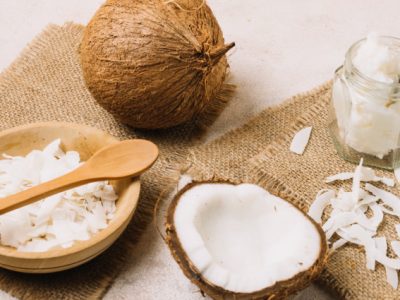While we were all stuck at home for two years, almost all of us have experimented with our hair, either cutting it or coloring it to a unique color. But you should be well aware that bleach and experimentation don’t go hand in hand.
So, while getting your hair bleached for the first time, it is possible that you might end up damaging your hair. And that is exactly why I am here to help you out if you have damaged your hair after you have bleached it, no matter your first or 50th time.
Now, if you wanna know everything about how to hydrate and repair your damaged hair, then this is the article for you to go through, so keep on scrolling to know more about how to repair bleached hair.
How To Keep Your Bleached Hair Hydrated?
“Part of the reason that bleached hair looks “fried” or frizzy is because the hair cuticle — the layer that locks in moisture — has been disrupted. While your hair cuticle rebuilds, you can use other products to seal your hair and help restore some gloss and shine.”
“Breakage, frizz, and dryness are just some of the side effects that you may experience after bleaching your hair. This article will give you tips to help restore your hair’s strength and softness after using bleach.”
1. Olive Oil

When it comes to taking care of your hair by oiling it, nothing beats an olive oil massage to your hair. No matter how much your hair is damaged, it will feel rejuvenated and hydrated in a matter of days.
Only a few drops of olive oil are enough for your whole head, then start massaging your hair and scalp gently with your fingertips.
2. Coconut Oil
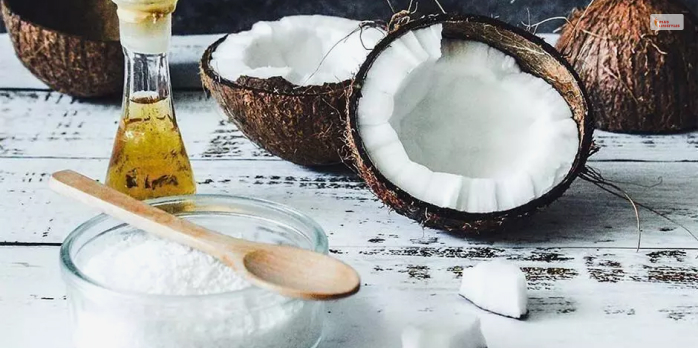
With damaged and dehydrated bleached hair, coconut oil massage does miracles by preventing further hair loss and adding moisture to your hair.
Take a few drops of coconut oil on your palms and rub it to make it warmer, then gently massage the frizzy and dry parts of your hair.
3. Argan Oil

Another oil that works great with damaged hair is argan oil since it is rich in antioxidants, which help protect your hair.
Massage only a few drops, and you can again hydrate your damaged hair and bring it back to health. And as an added bonus, it also adds shine to your hair as well.
4. Almond Oil
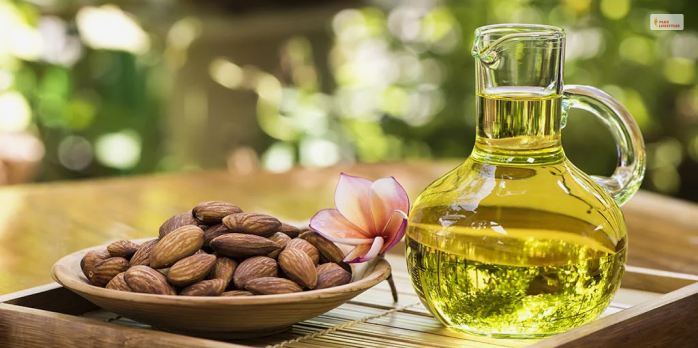
Another oil that is great for damaged bleached hair is almond hair, which is rich in vitamin E and protein. It also strengthens your hair strands and fills in the gaps of each hair strand to minimize breakage after bleaching.
5. Diy Hair Masks

“Hair masks with moisturizing ingredients, like avocado, honey, and egg white, can restore softness and elasticity to your hair. You can apply hair masks whipped up with simple kitchen ingredients two or three times a week until your hair’s condition begins to improve.”
6. Use Sun Protection
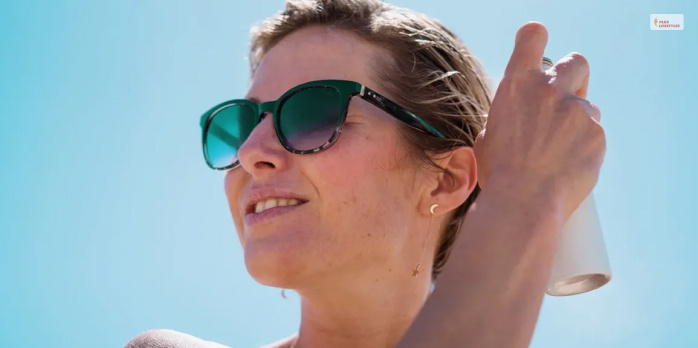
“After bleaching, your hair is vulnerable to burning from heat styling and from the sun. Sunblock for your hair also protects your scalp, which may be irritated due to bleach exposure. You can use an SPF spray specifically designed for hair, or you can look for hair products that include an SPF.”
7. Avoid Heat Styling

“Right after bleaching, your hair is especially dry and vulnerable to heat styling damage. Cut back on how often you blow-dry, curl, or straighten your hair with hot tools in the weeks after a bleach.
When you’re ready to reintroduce heat styling, keep it to a minimum — once or twice per week, max.”
8. Rice Water Rinse
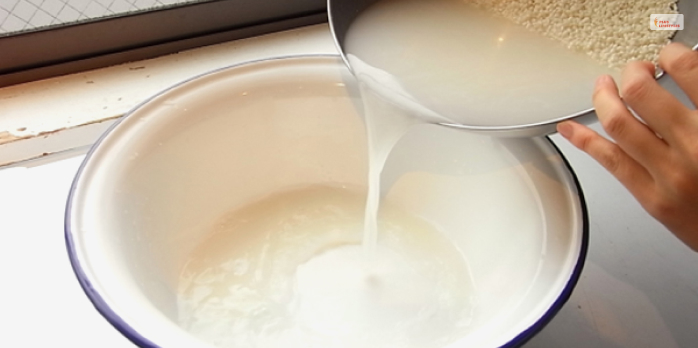
“Rinsing your hair with water you have used to boil rice may help make your hair strands stronger. Rice water contains inositol, which you can use to repair hair strands from the inside out.”
- “Prep the rice water by boiling rice and straining it out, then leave it in your fridge overnight.”
- “For best results, transfer a small amount to a container you can easily use in the shower.”
- “You can rinse your hair with rice water every day if your hair is extremely damaged.”
9. Use Purple Shampoo
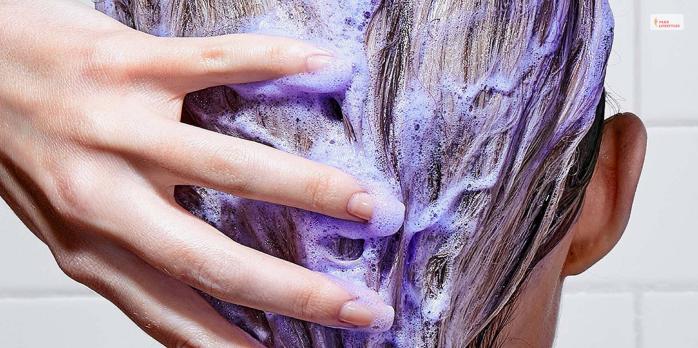
According to celebrity colorist Tabitha Dueñas, “purple shampoo can actually change the color of your blonde if you use it too often or too soon after your color session since the hair will be especially porous and absorbent. If you only wash your hair a couple of times a week, I recommend waiting two weeks before incorporating a purple shampoo to preserve your tone. Then only use it every few washes.”
It is not that impossible to keep blonde hair in perfect shape and health. But in case of severe damage, you can consider adding a little bit of purple shampoo to the mix.
10. Only Comb When Wet

“Hair that has been bleached is more prone to snags and tangles. Use a wide-toothed comb or a wet brush with flexible bristles for best results.”
11. Be Careful With Chlorine
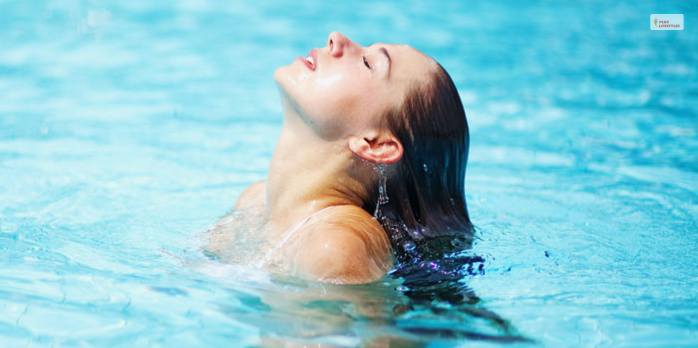
“After bleach has compromised the strength of your hair strands, chlorine can compound the issue and make your hair even weaker. Chlorine can also give bleached hair a brassy blond, greenish hue, or carrot-orange tint.”
“Rinse your hair with cool water right before you slip into the pool or any other chlorinated water source. Rinse your hair again directly after spending time in chlorinated water. You might want to use a swim cap to protect your locks in the 2 weeks right after bleaching your hair.”
12. Cool Water Washes
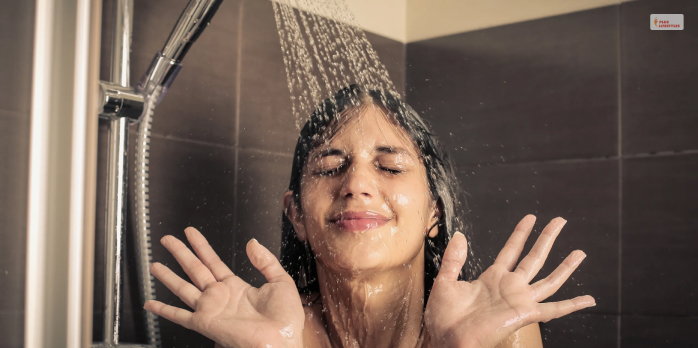
“Hair that has been heat-damaged should not be washed in scalding hot water. Steam from your shower may open up your hair cuticle and cause further damage to your hair strands.”
“When you wash your hair, make sure to keep the temperature down to a medium to lukewarm level. Cap off your wash with a spritz of cool water to seal in moisture.”
13. Alternate Your Shampoos

When it comes to repairing your bleached hair, you need to find a happy medium between moisture and protein. That is how you are going to hydrate and repair your hair at the same time.
Celebrity colorist Tabitha Dueñas explained, “Alternating between protein and moisture and not overdosing on either is the most important thing when it comes to caring for blonde hair, no matter how long it’s been since your last appointment or how severe any damage is. I personally recommend finding shampoos and conditioners that are free of sulfates, which can eventually strip and dry out the hair. The ultimate shampoo ritual will be alternating between a sulfate free, protein rich formula and a sulfate free, moisture rich formula.”
14. Go For Haircuts
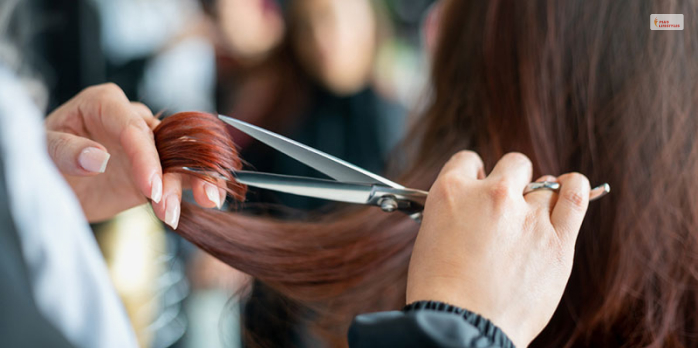
Dueñas explained, “An analogy I always use about hair is that it’s like a rope. Once the ends have been torn or damaged, they’ll start to unravel. The same goes for your hair- once your ends are compromised, the damage will continue to work its way up the strand, and there’s really no product or remedy that can truly seal that. A cut is the only option.”
15. Be Patient

As per Dueñas, “If you have just received a lightning service and you’re not happy with the color, or something needs to be adjusted, it’s best to wait at least a couple of weeks so that your hair can get a break – you just can’t highlight your hair so close together in time. Instead, wait it out and then go back and see what the options are for color adjustment without using bleach. There are plenty of ammonia-free options that can brighten or change the tone.”
16. Sleep On A Silk Pillowcase
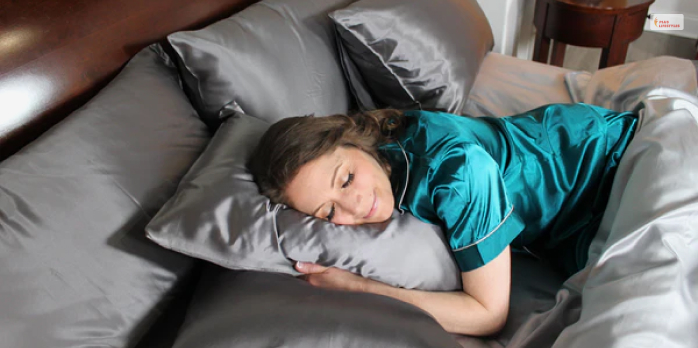
When it comes to having a well-rested good night’s sleep, it’s best to sleep on silk pillowcases. “I didn’t believe the hype of a silk pillowcase until I tried it. Yes, a silk pillowcase is an investment, but it’s a worthy one where your hair is concerned, especially if you have super-lightened strands.”
“Made from the highest-grade mulberry silk, this kind of pillowcase wins out over cotton cases of hair nightmares past, as it lets your hair slip and slide over the case instead of stretching, pulling and breaking. Not only do my blowouts last longer since making the switch, but I’ve noticed significantly fewer broken-off hairs around my hairline.”
17. Leave-in Conditioner

“Leave-in conditioner products available at almost any beauty supply store and supermarket can help revive bleach-damaged hair.”
“Some leave-in conditioners are thick, and you can apply them in the shower. Others are simple spray-on formulas you can put on your hair before you head out for the day.”
“Follow label directions carefully, and look for products that advertise moisturizing and keratin-building effects.”
How To Repair Severely Bleached Hair?
Now, if you have already damaged your hair with bleached hair, then it is high time that you know the possible outcomes and how you can tackle any of these situations. So if you wanna know how you can repair your damaged hair from bleached hair.
Hair Falling Out

Hair fall is the number one cause of overdoing bleach on your hair. So in order to make it stop, here are a few things you can try out.
- Scalp Massage
“A scalp massage can increase blood circulation to your head and help stimulate hair growth. Try massaging your scalp every time you wash your hair, focusing on the temples and the nape of your neck.”
- Onion Juice
“Onion juice has had promising results for hair regrowth in animal studies. Blend up some onions and apply the juice to your scalp, letting it soak in your scalp for up to 15 minutes. Rinse well before you shampoo as you normally would.”
- Rosemary Oil
“Research suggests rosemary oil can promote hair growth. Mix rosemary oil with a carrier oil, such as coconut oil, and massage it onto your scalp.”
Scalp Issues

It is possible that due to the use of bleach it caused itchiness and redness on your scalp as well as flakiness. And to get relief from that, here are a few things you can try out.
- Peppermint Oil
“Peppermint oil can increase circulation to your scalp and help relieve itching. It has anti-inflammatory properties, which makes it a great DIY for treating flaky or inflamed scalp.”
- Aloe Vera
“Aloe vera can also be used to help heal the damaged and inflamed scalp. Its moisturizing and anti-inflammatory properties can help heal damage to your hair as well as your scalp when you apply pure aloe vera topically.”
Witch Hazel
“Witch hazel has powerful astringent properties, and can be used as an anti-inflammatory. Applying diluted witch hazel directly on your scalp (avoiding your hair if possible) can bring a tingling, healing sensation to your head and bring relief to damaged scalp.”
Hair Breakage
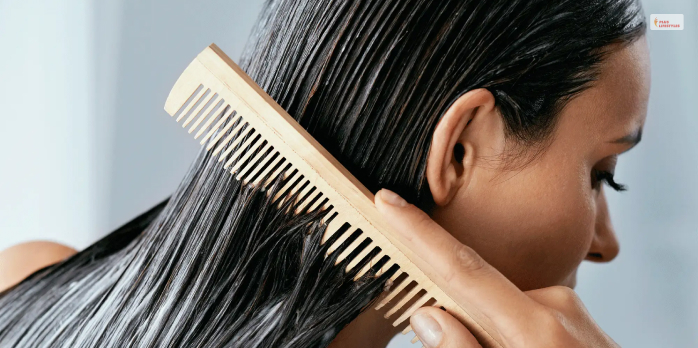
If, after bleached hair, the problem you are dealing with is hair breakage, then here are two main home remedies that you can try out.
- Let Hair Air Dry
“Using a hairdryer or even a towel to speed up the drying process can add to the damage to your hair cuticle, which needs to work to restore proteins after bleaching.”
- Avoid Hair Elastics
“That tight ponytail may be putting additional stress on your hair at the root, making it more prone to breakage. Keep your hair down and loose whenever you can.”
Wrapping Up!
Well, there you go; here are a few of the best ways for you to take care of your bleached hair and bring it back to health.
Handling bleach can be very dangerous if you don’t know exactly what you are doing, so it is better to leave it to the professionals to handle bleach. Now, if you think the article was helpful, then give this article a like and comment down below.
Also Read


